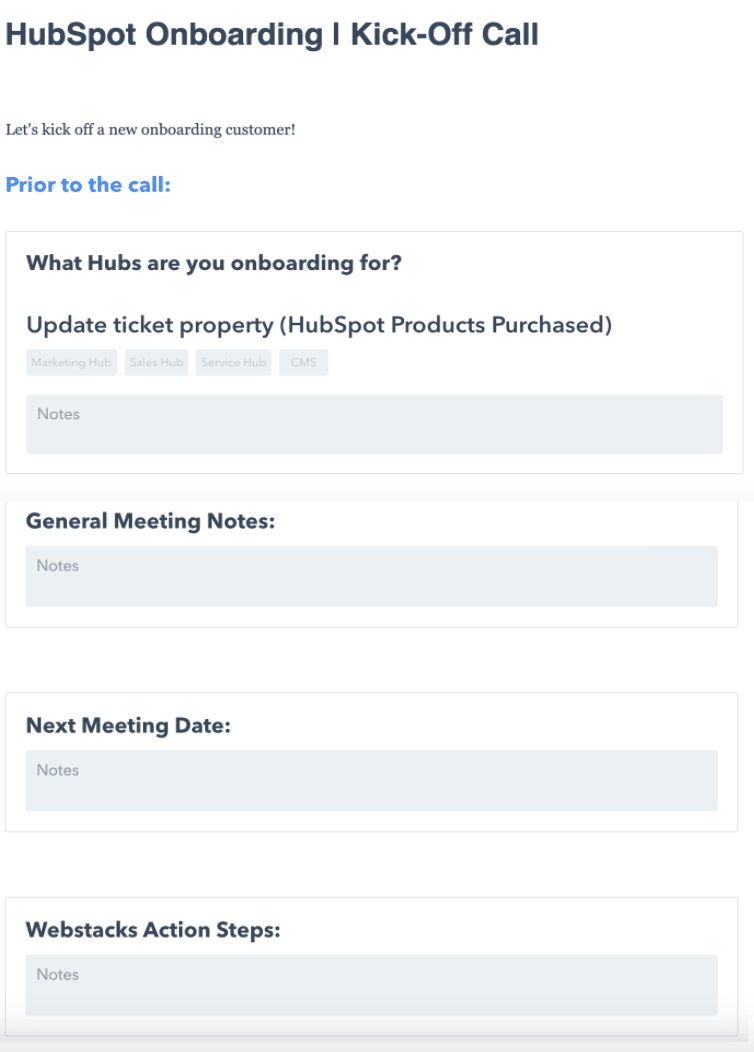
How B2B can effectively utilize sales playbooks to increase revenue

As companies and startups scale, so must their sales team. Growth is no longer a funnel—it’s a flywheel. The flywheel consists of setting people up, activating them, engaging them, and then referring them to restart the entire process.
The rise of a more cyclical process could be why revenue operations are gaining traction. As grow there come even more challenges like managing customer stories, collateral, and teams across offices.
So how can solutions software companies increase revenue and lead conversion rate?
One way is to create sales playbooks to train, support, and guide salespeople across your organization.
What is a Sales Playbook?
A sales playbook is a document that sales teams use to implement best practices, sales tactics, and strategies throughout the buyer’s journey.
Throughout the stages of the sales process, there are different ways the salesperson should approach the lead, and unfortunately, there is no one-size-fits-all sales strategy.
Sales playbooks are a vital tool in your RevOps tech stack that will help sales development representatives (SDRs) understand what they should do during specific stages of the sales process, such as prospecting, cold calling, follow-ups, and pitches.
Here’s what’s great about sales playbooks:
Playbooks can be tailored specifically to your company, product, and sales stage to empower every team member with the sales intelligence they need to convert.
Why are Sales Development Playbooks Important?
Sales development playbooks are great for sales teams at B2B companies because they help set clear expectations such as:
- How to describe your product and the solutions it provides
- How to explain the benefits of your product vs. competitors
- How to present a product demonstration
- How to respond to common objections
- How to structure the agenda for each sales call
A sound revenue operations strategy, considers people, data, and processes. Without clear guidance on these topics from sales leaders, SDRs will struggle to consistently position, pitch, and persuade leads to buy your product.
Whether a sales rep is experienced or brand new, a structured sales playbook helps:
- Align SDRs and managers with company-wide goals
- Onboard new team members salespeople answer their questions
- Boost salesperson confidence
- Free up time for management
Let’s look at a popular sales playbook tool to see how to use it to increase sales.
What are HubSpot Playbooks?
HubSpot Playbooks is a new feature that lets customers create interactive content cards with text, links, images, videos, and Q& A boxes so sales development representatives can access key information and take notes during sales calls.
- HubSpot’s playbooks enable SDRs to share case studies, record responses to questions, share tutorial videos, and overall provide more value to prospective customers.
- HubSpot’s new tool makes it simple for sales leaders to review recorded responses, gain insights, and ultimately help direct reports convert more leads into customers.
Types of sales playbook templates
There are three common types of sales playbooks: prospecting, meetings, and coaching.
1. Prospecting Calls
Prospecting calls don’t have to be uncomfortable. When salespeople know their customers, their customer’s problems, and how the product they're selling resolves those problems, prospecting calls can feel like a doctor treating an annoying injury.
By using a sales playbook for prospecting calls, a sales rep can confidently:
- Ask the right questions
- Quash common objections
- Hit pressure points
- Express empathy
- Educate prospects
- Guide the next steps
- Follow up promptly
A sales playbook for calls removes uncertainty and helps salespeople win more deals.
2. Client Meetings
Client meeting playbooks are similar to prospecting calls, but instead of nurturing leads toward closing a deal, they are built to make progress toward goal completion.
Meeting playbooks should cover agenda items for each call including:
- Status updates on follow-up tasks from the previous meeting
- Share updates on this week's deliverables
- Surface any potential blockers that may inhibit goal completion
- Review upcoming deadlines and milestones
- Discuss tasks for the next sprint
3. Sales rep coaching
Whether you're joining a high-growth company or joining a startup looking to grow, this transition as a brand-new sales rep can feel scary.
You need to learn a whole new product, audience, team dynamics, and how to engage with management quickly enough to start contributing to the team's sales goals.
However, with the right sales training playbooks, onboarding doesn’t have to be intimidating for new hires or frustrating for sales managers.
Here are a few must-have training tasks in your sales onboarding playbook:
- Shadow team members on sales calls
- Attend team meetings
- Listen to recorded sales conversations
- Complete sales training on company tools
- Read product documentation and guides
Once finished, SDRs will be prepared to take on their own prospecting and sales calls.
These were just a few playbooks that sales managers can build to increase their team’s revenue stream. Here are a few others that could improve your sales operations
- How to conduct follow-ups
- How to scope a new project
- How to turn down a customer
- How to re-engage cold contacts
- How to present solutions
- How to demo products
- How to nurture prospects
- How to upsell a customer
3 Must-Have Sales Playbook Templates
Here are three templates from which any sales team could benefit. For a deeper look at sales playbook templates, especially for supporting remote sales teams, peruse HubSpot's " Sell from Anywhere "; learning center.
1. Sales template for prospecting calls
Here is a cold email template from Pipedrive for an effective sales playbook script: Need more information?
Watch this HubSpot playbook demo for sales calls.
2. Sales template for client meetings
Alright, so you’ve used playbooks throughout the prospecting battlefield and successfully converted your prospect into a lead.
Congratulations! However, this doesn’t mean that this is the end of your playbook's journey. Although playbooks are commonly used during the scouting phase, they can also be used during the discovering phase. For instance, at MapleSage, once we’ve landed HubSpot onboarding prospects, we jump right back into playbooks.
During a Kickoff Call with our brand-new client, we use a HubSpot playbook that outlines the most important agenda items to address during the call.

This new client kickoff playbook ensures that the call goes smoothly, that the time we spend with the client is productive, and that we leave a meaningful first impression. Whether you’re a trainee or a seasoned employee, HubSpot playbooks are a surefire way to lead your client meetings with confidence.
Your customers have chosen to work with your company for a reason, and much of this has to do with the trust they have in your company’s consulting and technical abilities.
HubSpot playbooks outline your client meetings with clear, straightforward agenda items, you will:
- Know what topics you’ll be discussing (so you can prepare beforehand),
- Know how much time you want to spend on each topic
- Be able to take notes and refer back to them in the future
While playbooks may start in the sales department, once you start deploying them, they can quickly be adapted to support marketing and customer service departments.
3. Sales template for salesperson training
Here is a sales-plan template, to download HubSpot’s top recommendations for creating the best sales playbook, which is perfect for salesperson training.
Why should sales leaders use a sales coaching playbook?
Would you like to get an hour of your time back in your day? What about a couple of hours back in a week, or an extra day every month?
Sales leaders who use coaching playbooks stand to recover hours back from teaching new hires your sales process, outlining tasks they need to complete during their first two weeks, and answering common questions.
Here are some common FAQs that can be quickly answered through playbooks:
- What’s the best way to open a call?
- What should I say when they ask me about ____?
- What’s a good rebuttal when they say they don’t need our product?
Sales coaching tools to ramp up your sales team
This screenshot from <i>HubSpot</i> exemplifies the interactive content cards that a rep may be looking at during a sales call while using a playbook:

This also shows the tools that playbooks offer including the sales rep prompted question and the prospect’s response. This tool is handy because it allows the same prompts to show up for each prospect, but the rep would be customizing the answers to this playbook deck according to this specific prospect’s response.
Other tools that are great for sales coaching include:
Links, Images, Videos, Q&A Check Boxes
Each of these user-friendly attributes can be added to your sales playbook to minimize the learning curve for new hires, and to be easily accessed in the future.




